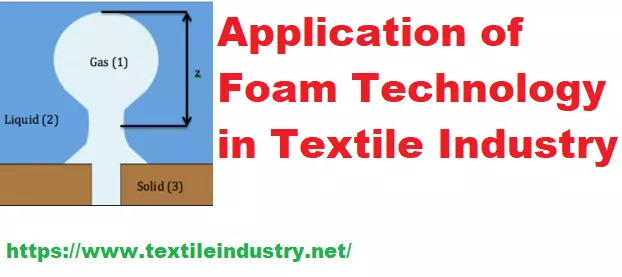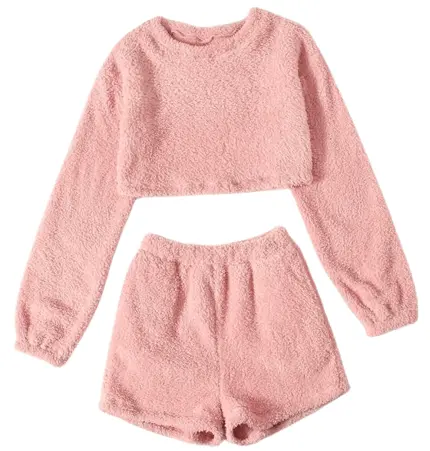Foam: Foam is a volatile condition where gas is entrapped inside a liquid. Its stability is about a few seconds. When gas is dispersed in the liquid phase it initiates foams. In most cases, water is a liquid and air or inert gas is used as a gas. This article is about the application of Foam Technology in the textile Industry.
Foam in Textile Application
The Textile Dyeing industry is one of the most water-consuming sectors. However, water is essential for other applications like drinking, agriculture, and multiple sectors. So, to find an alternative to water researchers considers foam as a substitute for water. Let’s look at the benefits of using foam technology. The use of foam for improving the treatment of textile wet processing substrates is found in the series of patents granted to Peter Schmid in the early 1900s.

Advantages of Foam Technology in Textile
- Reduce the use of excess chemicals
- Eliminate some traditional major process
- Reduce ETP load drastically
- Eco-friendly process
- Less energy consuming
- Foam dyeing occupied little floor space
- Cleaner than the traditional process
- Lower materials load
- Energy-saving process
Classification of Foam: On the basis of generation foam, there are mainly two types:
- Condensation
- Dispersion
- Condensation Foam: This is the technique of generation of foam within itself. Condensation foam is produced by chemical reactions or agitation or other technics in the liquor.
- Dispersion Foam: When the foam is produced in liquor with the help of external sources is called dispersion foam.
Flow chart of Foam Application in Textile
Foam production
↓
Substrate surface modification
↓
Applied foam on the surface
↓
Distribution and Diffusion of liquid
↓
Foam collapse and release
↓
Drying
↓
Fixation
Disadvantages of Foam Application:
- Applied only woven fabric
- Single-sided foam application
- More costly
- Required skillful persons
- High initial investment
- Not widely applicable (Specifically for cotton and Polyester)
The application of Foam technology in the Textile industry is still an advanced process. It requires more research to be applied in industrial practice at large. Becoming successful in this will be a big advantage for Textile Wet processing like dyeing, printing, and washing industry.
You may love to read: Basic Anatomy of Reactive dye
- Author: Najmul Hossain
- Lecturer, Department of Textile Engineering
- Chittagong National Engineering College, Affiliated with the University of Chittagong
- LinkedIn: Najmul Hossain


